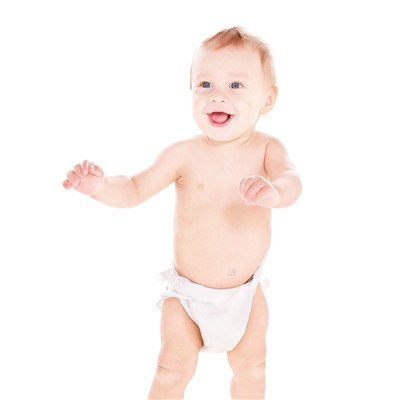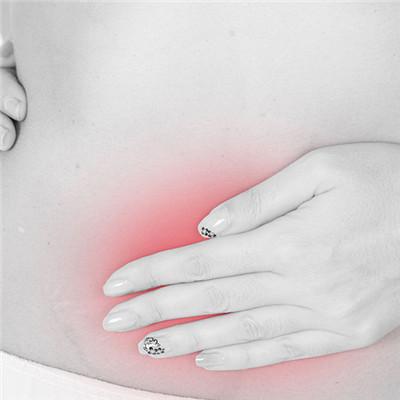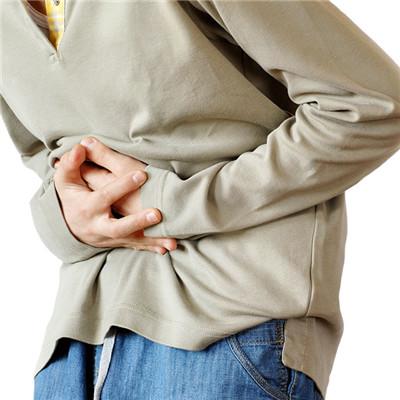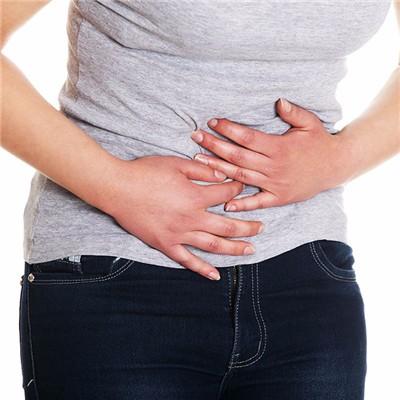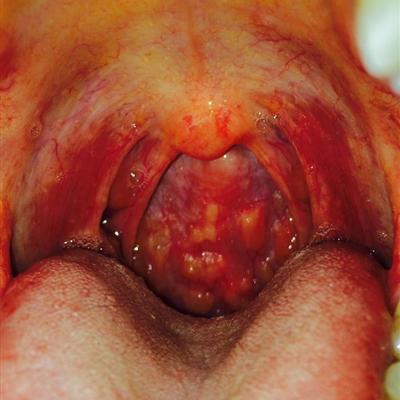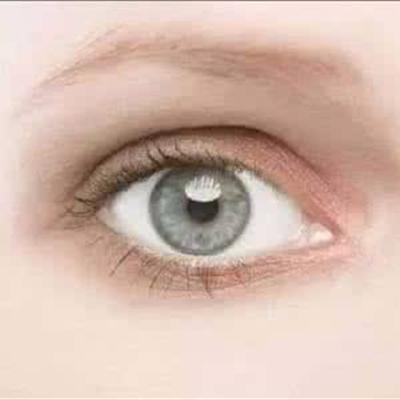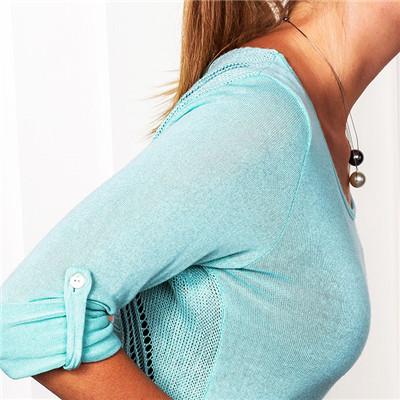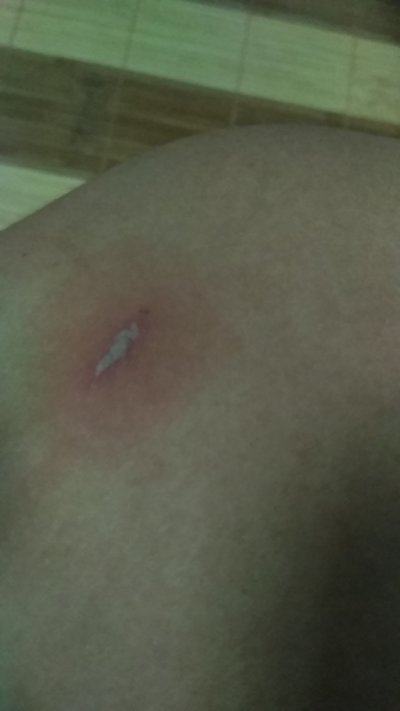What's the matter with women's milk?
summary
Only after childbirth does a woman's breast secrete milk. Generally, it is difficult to get good treatment by taking medicine. Taking medicine can only relieve the disease. However, some unmarried girls or married women who are not pregnant or giving birth can often find a wet stain on their bras. If they squeeze their breasts occasionally, some milky liquid will flow out of their nipples, Next, I'd like to share with you how women flow milk?. Hope to help you.
What's the matter with women's milk?
First: prolactin, an important substance secreted by milk. With the development of radioimmunoassay technology, doctors have been able to detect prolactin, a hormone directly related to milk secretion, from women's blood. It turns out that the secretion of milk is controlled by the nervous system. The reproductive endocrine axis composed of hypothalamus pituitary ovary is regulated by the control of prolactin secretion.

Second: hypothalamic disorders, hypothalamic and adjacent diseases, such as encephalitis, craniopharyngioma, pineal gland tumor, hypothalamic partial infarction, pseudoencephaloma, pituitary stalk transection, can cause the decrease of prolactin inhibitor produced by hypothalamus, or the increase of prolactin releasing factor and thyrotropin releasing factor. The former can make prolactin produce blindly due to loss of inhibition, while the latter two can directly increase prolactin production.

Third: pituitary disorders are mainly tumors in the pituitary region. In addition, partial vacuolar sella syndrome and pituitary hyperfunction can also cause galactorrhea and amenorrhea.

matters needing attention
In non pregnancy and non lactation period, there is liquid outflow when squeezing the nipple, which is called nipple discharge. Nipple discharge is one of the common symptoms of breast diseases. According to statistics, patients with nipple discharge as the primary symptom accounted for 3% - 14% of breast diseases, and the incidence rate was second only to breast lumps and breast pain. If the nipple discharge is a single nipple discharge, most of them are related to mammary duct ectasia, intraductal papilloma, breast cystic hyperplasia and other breast diseases. If they are in childbearing age, they are likely to be breast cystic hyperplasia, but the possibility of canceration is not ruled out.


